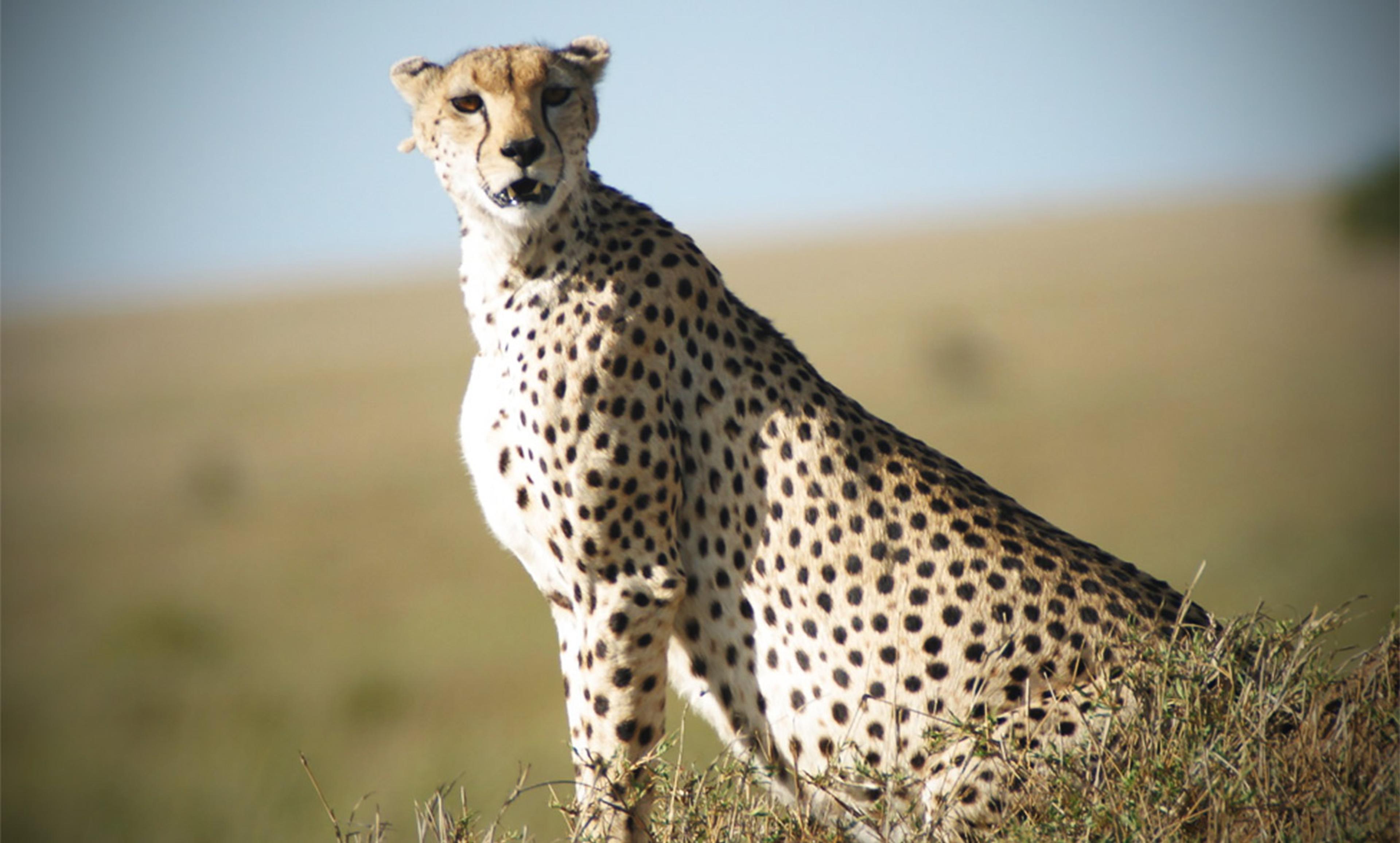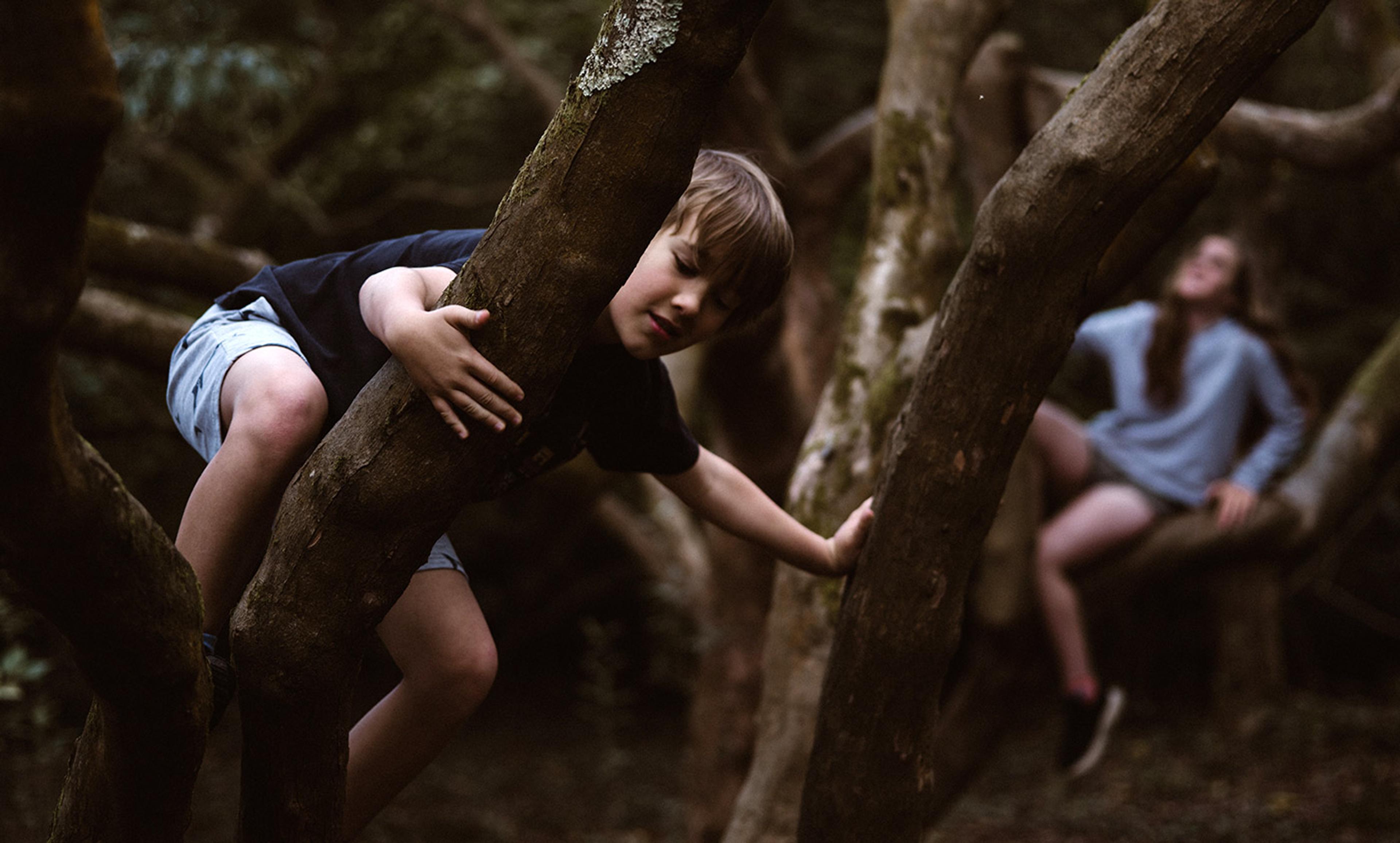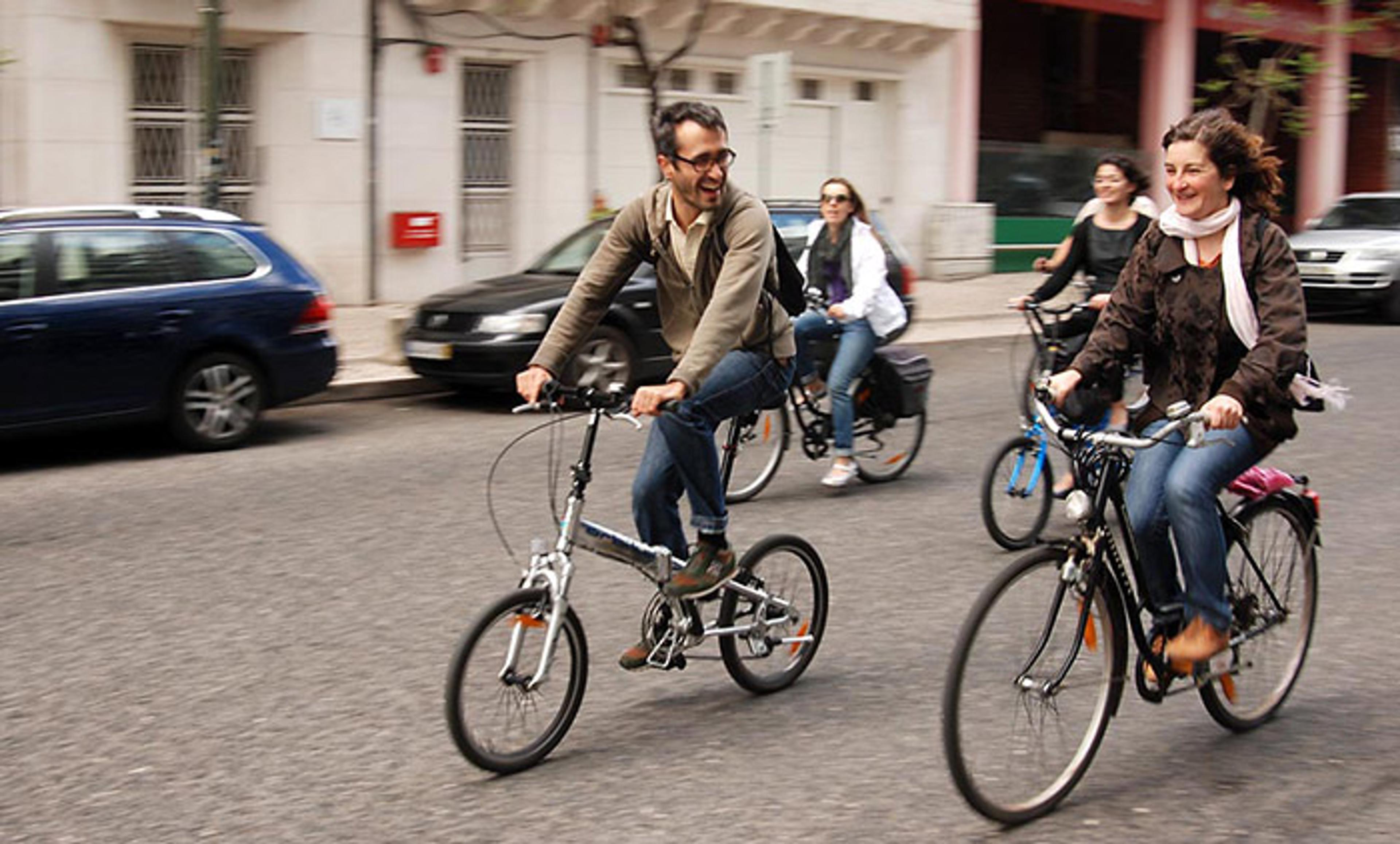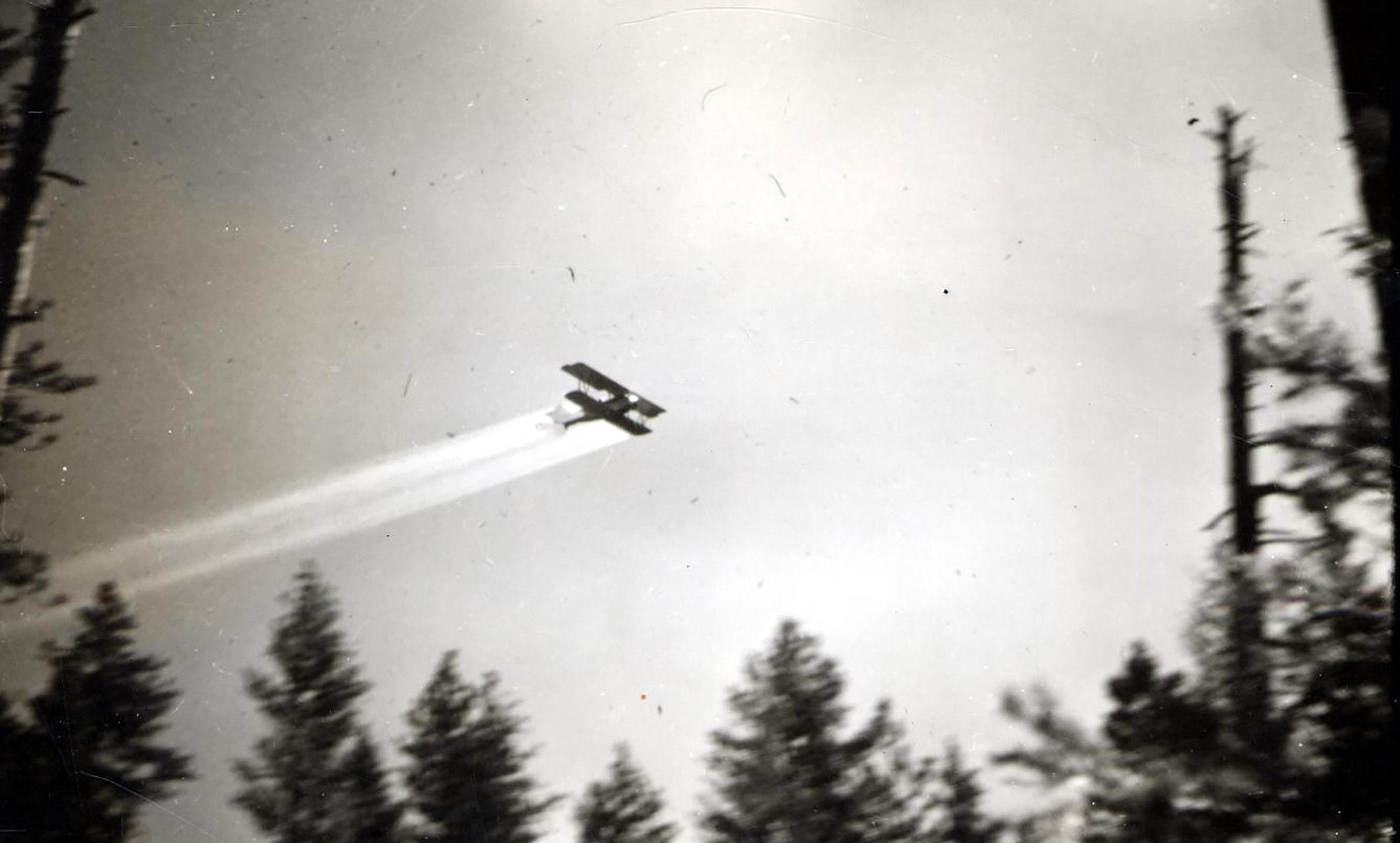Cambazola’s reaction to the suggestion that she should raise cubs instead of lounge on termite mounds. All photos courtesy the author.
I have a sneaking sympathy for female cheetahs who don’t have cubs. Usually, if a female doesn’t produce independent offspring, eyebrows are raised, and judgmental comments about ‘bad mothers’ are bandied about. But whenever I watch a cheetah being used as a jungle gym by her cubs, bitten, patted, stalked and jumped on, having her tail pulled while trying to sleep in peace, or keeping a look-out for predators while her cubs eat, I think of Cambazola.
Cambazola never managed to raise a cub. She started several litters but almost all of them died young. By the time I knew her, Cambazola was middle-aged and utterly cub-free. Distinguished by her pale colour and an unusual tuft of hair coming out of the side of her face, she would spend all day lounging on a termite mound, snoozing when she felt tired. When she was hungry, she would go and calmly catch a gazelle, no cubs bounding out of hiding at an inopportune moment and ruining the hunt. No one used her as playground equipment.
There are certainly perks to being bad at this whole mothering business.
Cambazola was not alone in being terrible at raising cubs. The Serengeti Cheetah Project has kept track of individual cheetahs by their unique spot patterns in the Serengeti National Park in Tanzania since 1980. By watching generations of fuzzy cubs grow up and have cubs of their own, we can construct maternal lineages of cheetahs. One of the things we’ve learned is that the majority of female cheetahs in Serengeti never manage to raise a single cub, despite giving birth to multiple litters. This extreme variety in reproductive success means that we can trace many of the cheetahs in Serengeti back to a couple of SuperMoms (my name for the minority of cheetah mothers who manage to raise more than two cubs to independence in their lifetime). Cambazola’s grandmother was a SuperMom with five cubs that made it to adulthood, including Cambazola’s mother Camembert. But the cheese lineage stopped at Cambazola. What makes SuperMoms different from females such as Cambazola, who are unable to raise a single cub?
The answer has to do with the skills it takes to be a good mother, given the complex challenges of raising cubs in Serengeti. These were illustrated in two days in May 2014 that I spent watching Asti and her five young cubs while conducting my research on the hunting behaviour of cheetahs. Asti’s cubs were quintessential cheetah babies: they wrestled with each other, climbed and fell out of trees, and clambered over and chewed on their mother.

Asti with her cubs
For much of that time, Asti was alert, watching out both for the promise of food and the threat of predators. While not much prey was visible, on the second morning, a hyena wandered up and regarded the cheetah family with vague curiosity. Asti stiffened, crouched down and then rushed the hyena, who seemed rather taken aback by Asti’s defence efforts. However, rather than attack Asti or the cubs, the hyena hunkered down until Asti returned to her cubs, and then continued on its unhurried way.
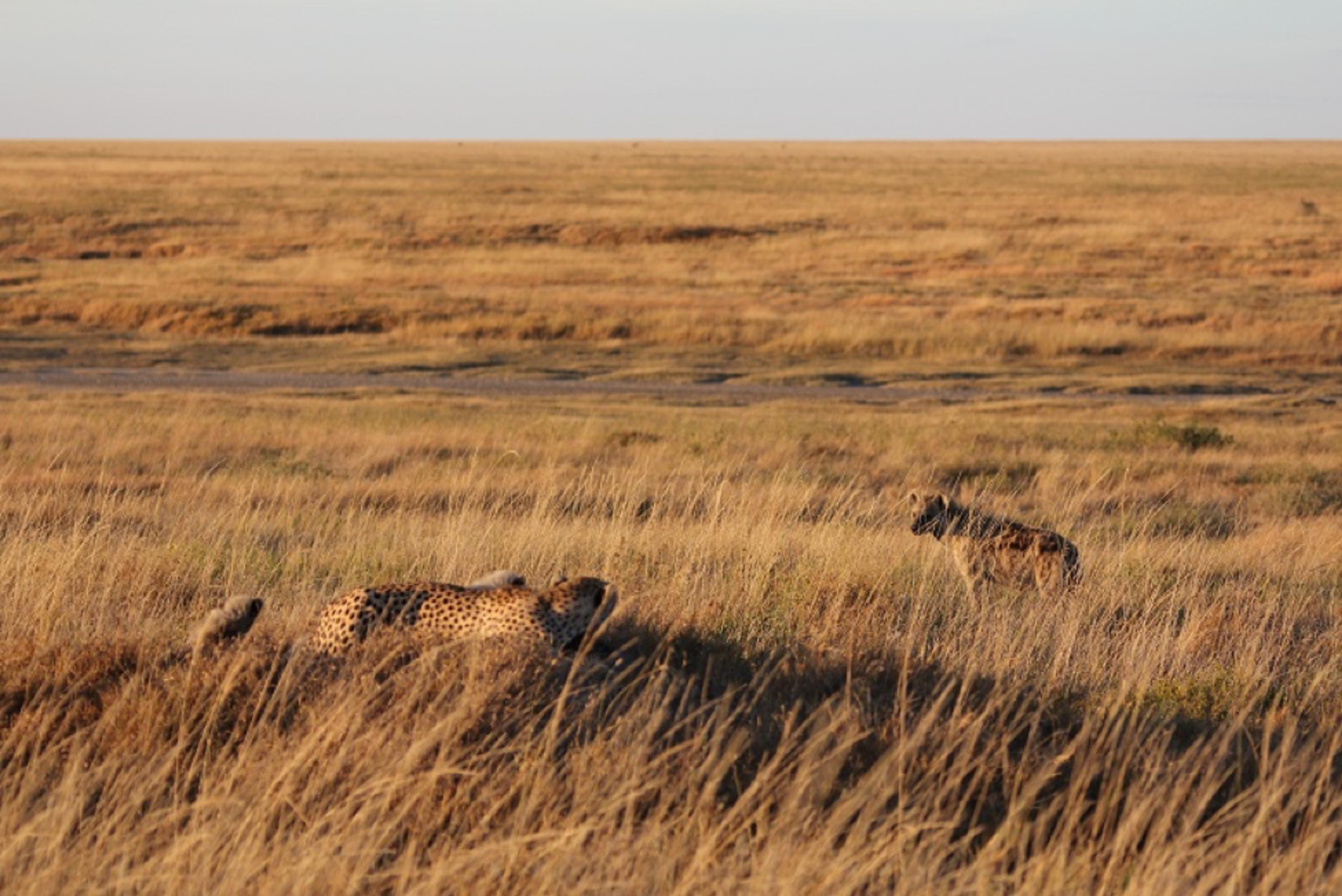
Asti sees off the hyena.
I had never before seen a mother cheetah actively defend her cubs, and was impressed by her willingness to risk her own safety against such a powerful predator. I added this to my mental list of all the things Asti had done right in order to raise her cubs through their first dangerous three months. First, she had found a den that would keep her cubs safe while she was away hunting. Cheetahs usually den in tall vegetation of marshes or in rocky outcroppings called kopjes. Unfortunately, those are also places where lions like to spend time, and if they find cheetah cubs they will kill them. Second, she had managed to find a denning location with enough prey around to sustain her through the energetically costly process of producing milk for a large litter of cubs. We might think of cheetahs only as predators, but cheetah cubs are also vulnerable, and a successful cheetah mother has to be both provider and protector.
Now that her cubs were out of the den and past their most vulnerable age, Asti might be able to beat the odds and raise her fluffballs to independence. But whenever I see a cheetah with young cubs I wonder how many cubs she will have left next time I see her: I have learned not to get too attached to these adorable balls of floof. Will she know how to avoid lions and hyenas? Will she be able to find enough food for them despite their tendency to spoil her stalks by not staying hidden? Most critically, will she be able to do both these things at the same time? The odds are not good. In fact, they are very low. Only 5 per cent of cheetah cubs live to become independent from their mother. Most of them are killed by lions when they are in the den, but starvation, hyenas and wildfire also take their toll.
Given the many skills required to keep cubs alive, it is no surprise that learning to be a good mother takes time. It is the experienced middle-aged mothers who are most likely to be able to keep their cubs safe from lions for 18 long months until they can survive on their own. Asti was a sprightly three-and-a-half-year-old with a failed litter under her belt. This wasn’t her first rodeo, yet I couldn’t help but wonder if she had learned enough the last time around to keep her new litter alive. As Cambazola demonstrated, sometimes even five litters of experience aren’t enough to gain the necessary skills. On the positive side, Asti came from a successful matriline. Her great-grandmother Amarula, who raised nine cubs to adulthood, was one of the most successful SuperMoms we know. In the two months after seeing Asti, I occasionally wondered about her. Did some of the SuperMom traits of Amarula get passed down? Or would she end up like Cambazola?
The answer could be important for cheetahs as a whole. In species with large individual variation in reproductive success, meaning that many females don’t replace themselves, the effective population size is much smaller than the actual number of individuals. If Asti becomes a SuperMom, she could make a major contribution to the future population, as Amarula did before her. But to be a SuperMom, she needs space. Space to find areas to den, safe from lions and hyenas; space to find enough gazelles to eat. And recently space has become scarcer, even in a national park as big as the Serengeti. As the number of tourist cars has increased, areas near roads become more hazardous for cheetahs. It is hard to sneak up on prey when there are 10 cars jostling for position nearby. Cheetah cubs have become permanently separated from their families and died after being surrounded by tour cars. Mother cheetahs have been killed by speeding cars. When human threats add to the challenges cheetahs face throughout their range, and cheetah numbers plummet, every cub that survives starts to feel like a victory.
Two months later, in a completely different part of the park, I saw a cluster of cars. When I got there, a female cheetah was strangling a gazelle while a single cub waited by her side. Asti. She’d lost four cubs in those two months. I have no idea how they’d died; predators, separation, injuries, wildfire – there are so many possibilities. But she still had one. He was still young, she was still an inexperienced mother, and the odds were still long. Nonetheless I smiled, because she had one cub still alive, and even one felt like a victory.
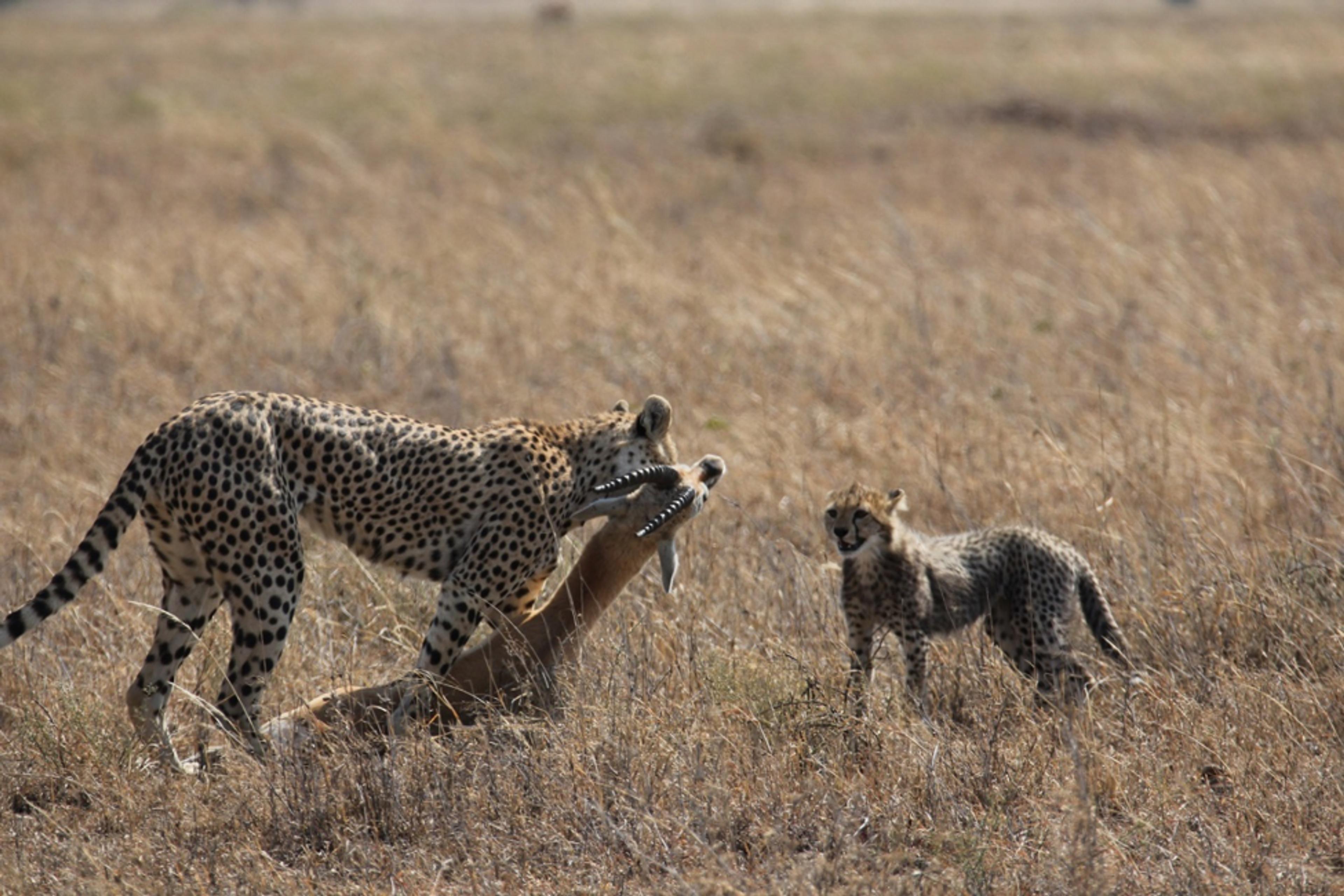
Asti with her surviving cub.
